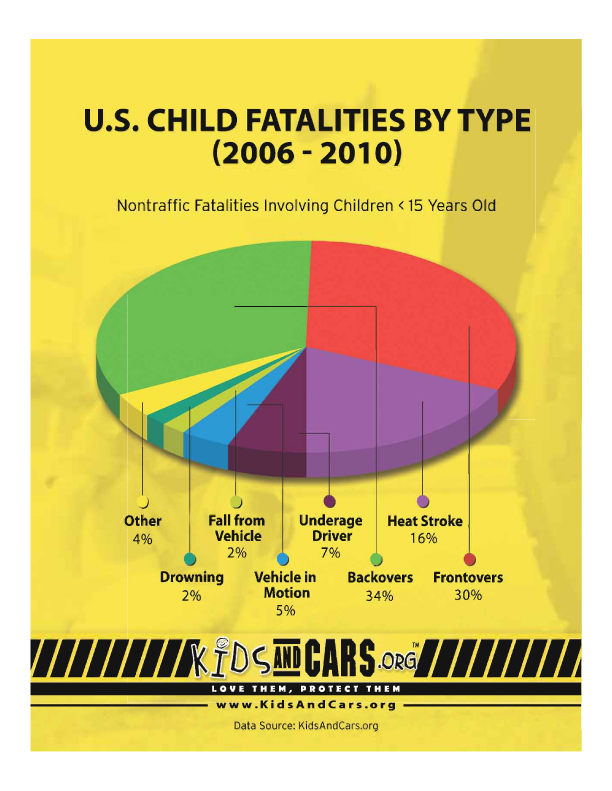Another great article sent to us by Grace Beckett.
Educate Your Kids on Electrical Safety
It is important that you keep your family and home safe from the danger that electrical appliances pose. Electrical safety must be observed each time you touch an appliance connected to electrical circuits. Even bad weather conditions, hurricanes, floods, tornadoes and ice storms can pose a great risk to your electrical safety. Apart from you being careful, you have to ensure that you educate your child on electrical safety. Electricity surrounds your children everyday as they work on computers, encounter cords, appliances, power lines and outlets.
When it comes to your kids, it is important that you teach them safety skills that they can use to make informed decisions when they are around electricity. Make sure that you teach your child how to avoid injuries due to electricity. Here are few things regarding electricity, which you should educate your kids about.
Electricity follows the simplest route through the ground
Inform your kid that electricity always tries and gets to the ground. Electricity takes a shortcut whenever possible. So, if some material like iron provides an easy path for electricity to travel, it will definitely take it!
Electricity and the body
It is important that you inform your child that metal and water are the best conductors of electricity. Mention that the water in our bodies makes us good conductors of electricity. Make your child understand that if he touches the ground and any electrical circuit simultaneously, he will become the carrier of electricity. Tell your children that electricity can easily flow through them and can hurt or kill them.
Your children should know that they need not touch the ground directly to experience a shock or conduct electricity. Even when they touch a faulty electrical appliance while holding on to a bad conductor of electricity, like wood or tree, they can get an electrical shock.
When your child is standing in water or touching an electrical appliance with wet hands, he or she can experience shocks, as electricity can rapidly travel through water. This is the main reason why you have to keep away all the electrical appliances from water. Ensure that you tell your child not to touch any electrical appliance when his or her hand is wet. Standing in a wet and marshy area touching electrical appliances can be very dangerous.
Electricity and appliances
Most of the electrical appliances have insulated coverings and cords to avoid electric shocks. Whenever your child is using an electrical appliance, ensure that he or she keeps the coverings and the cords in position to avoid electric shocks. If you find that the insulation for a particular appliance is not intact, tell your child not to touch that appliance until it is fixed.
What should your child know about electric shocks?
Nobody can tell when the contact with electricity can be fatal; so let your child know that electric shocks can cause weakness, spasms, shallow breathing, severe burns, rapid pulse, unconsciousness or even death. So, make sure that your child is very careful when he or she is dealing with electrical appliances.
Grace is an expert associated with Blog4Safety.com which offers safety tips. If you want any information on Seaward PAT testers, feel free to browse through http://www.pattesters.co.uk/.
Thanks so much, Grace, for this information that is important for us adults, too! Pat
